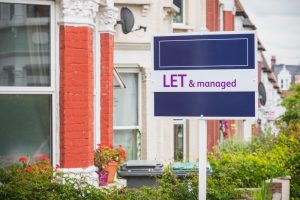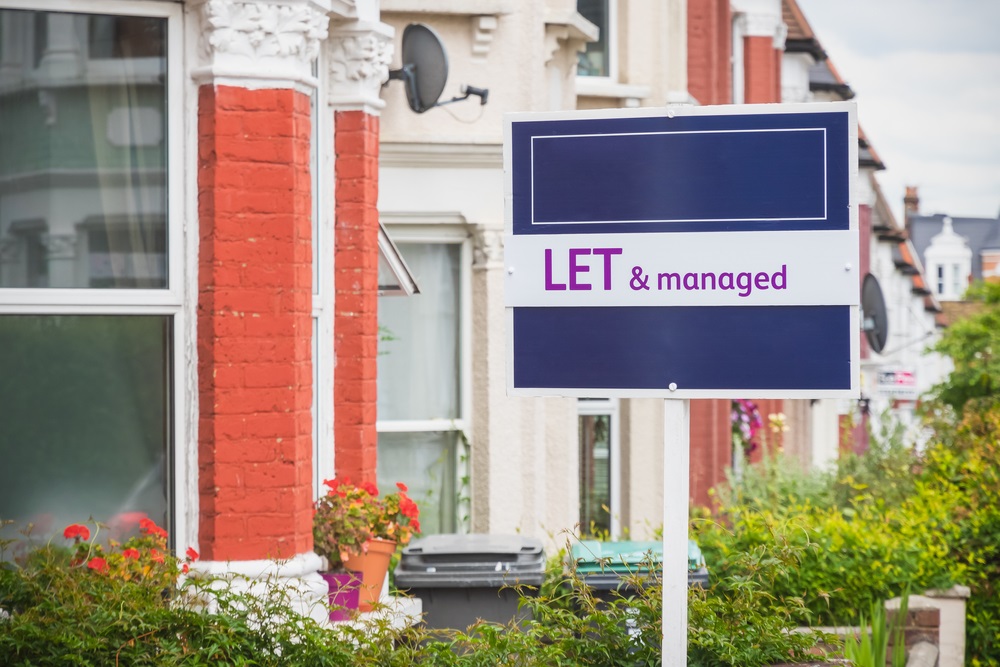 Landlords taking out a typical two-year fixed rate mortgage of £160,000 will be paying up to £90 more per month per month, including fees, according to broker, Property Master.
Landlords taking out a typical two-year fixed rate mortgage of £160,000 will be paying up to £90 more per month per month, including fees, according to broker, Property Master.
This is compared to December 2021, before the Bank of England began making increases to interest rates. In March it hiked the rate again to 0.75%.
Angus Stewart, chief executive of Property Master, said: “As anticipated there have been widespread increases in the cost of fixed rate buy-to-let mortgages as lenders have been quicker this time around to pass on the latest increase in the base rate.
“Interestingly, mortgage costs have risen at a slower rate for landlords borrowing through a limited company, but these mortgages are often more expensive in any case and there are fewer lenders to choose from.”
What’s the typical rate of fixed-rate buy-to-let mortgage?
The research showed the rate for a typical buy-to-let standard variable rate (SVR) mortgage now stood at an average of 5.06%.
Repayments for a typical SVR landlord mortgage of £160,000 were now £632 per month, in some instances almost £300 per month more than the cheapest fixed rate buy-to-let mortgages.
Angus said landlords still on SVRs who expected to maintain their property for at least two years should certainly look for a better fixed rate deal.
“With further rate rises expected even landlords on a current fixed rate with a limited time left might want to consider a new deal even if it would mean paying an early redemption fee to exit their existing loan,” he said.
Currently, the cheapest typical buy-to-let mortgage is a two-year fixed rate mortgage, for £160,000 with a loan-to-value (LTV) of 60%. The rate climbed from 2.06% to 2.36%, an increase in monthly cost from £311 to £351 or £40 per month more, once fees are included.
The increase was less for the more popular five-year fixed rate mortgages. A typical five-year fixed rate buy-to-let mortgage with an LTV of 60% again for £160,000 increased from 2.23% to 2.48% up 0.25% an increase in monthly cost from £311 to £346 or £35 per month more once fees are included.
What’s the outlook for buy-to-let?
Angus Stewart added: “Higher mortgage costs coupled with the scarcity of property is making it difficult for landlords who want to expand their portfolio.
“This is not good news given the current high demand for accommodation and the rise in rents that is happening as a result.”
The Property Master Buy-to-let Mortgage Tracker follows some 30 lenders who constitute around 75% of total buy-to-let mortgage lending.




